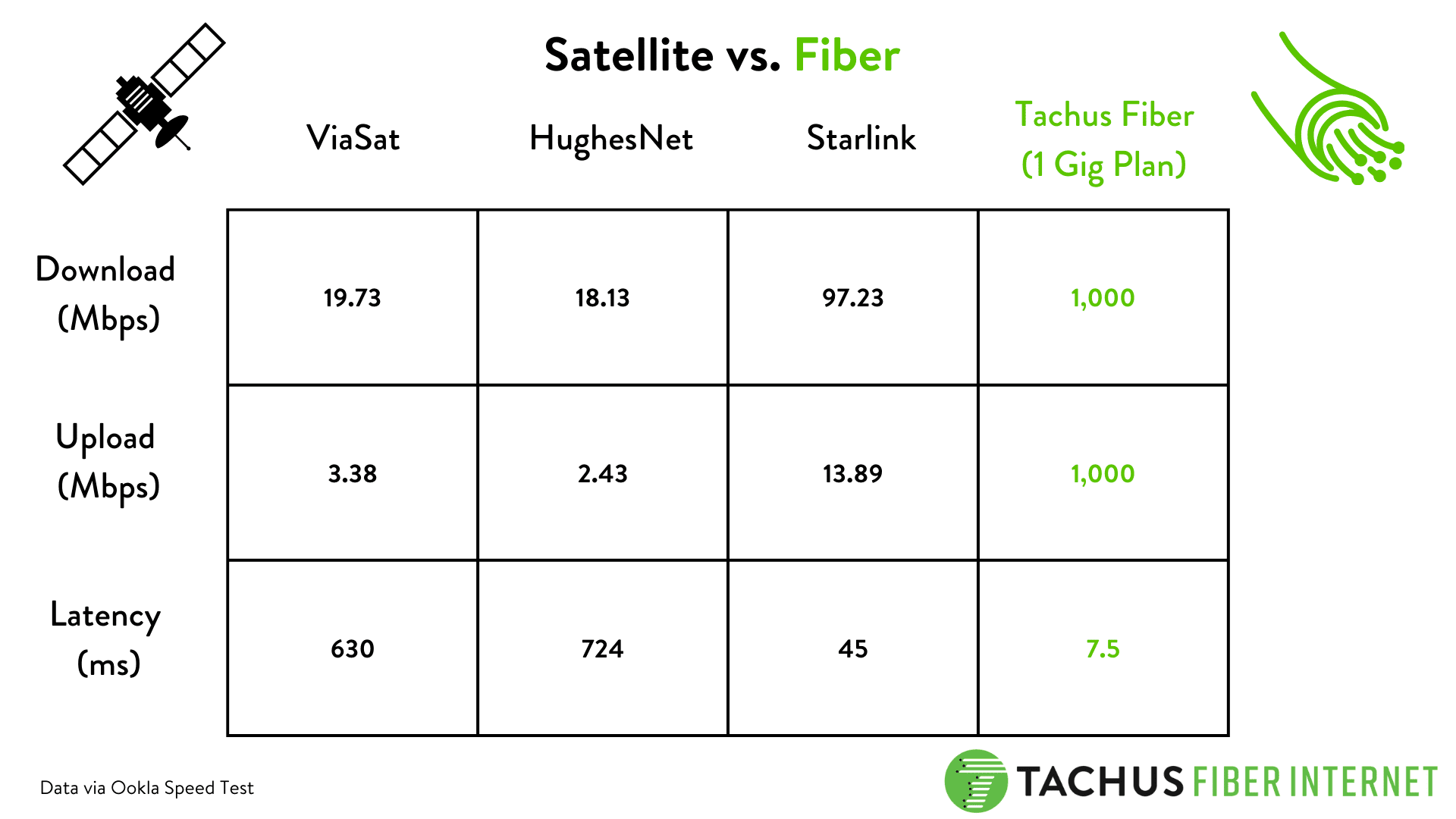
The Digital Divide is Real
For years, I was a victim of the digital divide. Living in a rural area, my internet options were limited to slow, unreliable DSL or expensive, data-capped satellite. I dreamed of the day when I could get a fiber internet connection, with its lightning-fast speeds and low latency. Then, a new contender entered the ring: Starlink.
Starlink: Internet from the Heavens
Starlink, for those who don’t know, is SpaceX’s ambitious project to blanket the globe with high-speed, low-latency internet using a constellation of thousands of satellites in low Earth orbit. When I heard that Starlink was available in my area, I jumped at the chance to try it out. The setup was surprisingly simple: a dish, a modem, and a single cable. Within minutes, I was online with speeds that were 10 times faster than my old DSL connection.
Here’s a look at a typical speed test result from my Starlink connection:
1
2
3
4
5
$ speedtest-cli
Download: 150.34 Mbit/s
Upload: 12.87 Mbit/s
Ping: 45 ms
For the first time, I could stream 4K video without buffering, download large files in minutes, and video chat with friends and family without a single stutter. It was a game-changer.
The Arrival of Fiber
Just when I thought I had found my internet nirvana, the impossible happened: a local company started laying fiber optic cable in my neighborhood. I couldn’t believe my luck. After years of waiting, I was finally going to get a fiber connection.
The installation was a bit more involved than the Starlink setup, but the results were worth it. The speeds were simply staggering:
1
2
3
4
5
$ speedtest-cli
Download: 940.12 Mbit/s
Upload: 880.45 Mbit/s
Ping: 5 ms
Starlink vs. Fiber: The Verdict
So, which is better? The answer, as with most things in tech, is: it depends.
- Starlink is an incredible achievement and a lifeline for people in rural and underserved areas. It’s fast, reliable, and easy to set up. However, it’s still more expensive than most terrestrial internet options, and the speeds can be affected by weather and network congestion.
- Fiber is the gold standard of internet connectivity. It’s faster, more reliable, and has lower latency than any other type of internet connection. If you have the option to get fiber, it’s a no-brainer.
For me, I’m lucky enough to have both. I use my fiber connection as my primary internet source, but I’ve kept my Starlink as a backup. It’s the ultimate in internet redundancy, and it gives me the peace of mind that comes with knowing I’ll always be connected.
